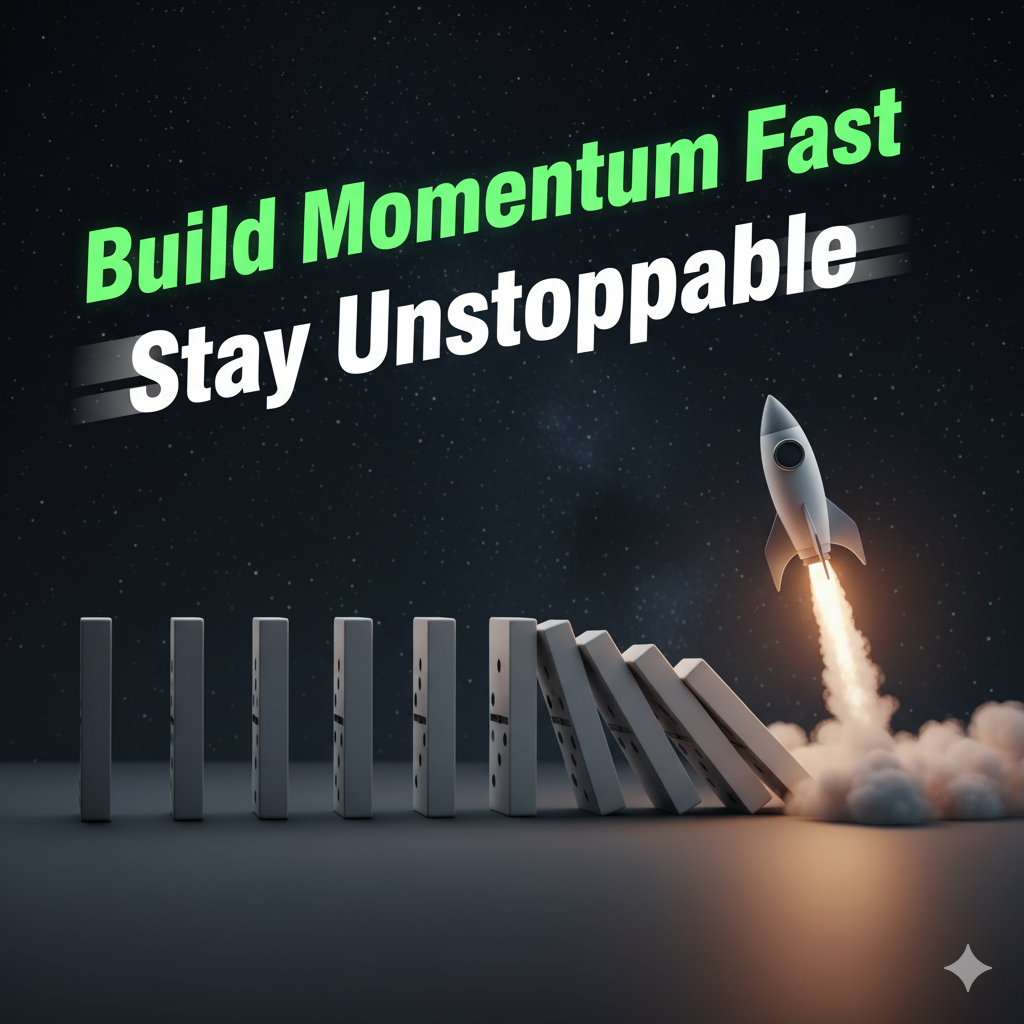By Alex-the-Entrepreneur | QuickFix Productivity Series
(Watch the full 60-second video here → [https://youtube.com/shorts/BI0Rll0kidA])
🚫 The Multitasking Lie
Let’s be honest — multitasking feels productive.
You’re firing off emails, answering messages, toggling between tabs, maybe even half-listening to a meeting.
But here’s the truth no one told you: every time you switch tasks, your brain loses focus for up to 23 minutes. That’s 23 minutes of cognitive lag — not deep work.
What looks like productivity is actually context switching — and it’s silently killing your focus, creativity, and momentum.
I learned this the hard way. As a founder juggling a business, content, and clients, I used to wear my “multitasking badge” proudly… until I realized I was just busy, not effective.
⚡ The QuickFix: The Single-Block Rule
One day, I decided to experiment.
No fancy app, no planner — just one rule:
For the next 25 minutes, do one task only.
No notifications.
No emails.
No “just checking” another tab.
Just one block of focused work.
That’s it — the Single Block Rule.
And it changed everything.
Within a week, my productivity doubled. My stress dropped. I finished more real work in two hours than I used to get done in six.
🎯 Why It Works (Science-Backed Focus)
Your brain needs about five minutes to enter flow state — that deep, focused rhythm where time disappears and you perform at your best.
Every distraction resets that timer.
When you protect those five minutes, you give your brain the runway it needs to take off. The Single-Block Rule eliminates the constant “reset,” letting you hit that flow state faster and stay there longer.
It’s basically a mental Pomodoro, but without the gimmicks — just pure, focused output.
🧩 How to Try It Today
Here’s your QuickFix challenge:
- Pick one important task.
Something that actually moves the needle. - Set a timer for 25 minutes.
Phone facedown. Notifications off. - Work without switching.
No “just checking.” No multitasking. - When the timer ends, take a short break.
Stretch, walk, breathe — then repeat.
Try it once. You’ll feel the clarity kick in within minutes.
🚀 Focus = Freedom
Multitasking is noise. Focus is leverage.
If you want to get more done without burning out, stop juggling tasks — and start mastering blocks.
Protect your focus like it’s capital. Because it is.
🔁 Watch the QuickFix in Action
🎥 Watch on YouTube → “Stop Multitasking & Focus Fast”
Then subscribe for more 1-minute productivity hacks that keep entrepreneurs focused, calm, and effective.
Tags: #QuickFix #ProductivityHacks #EntrepreneurLife #FocusFast #DeepWork #AttentionHacks









